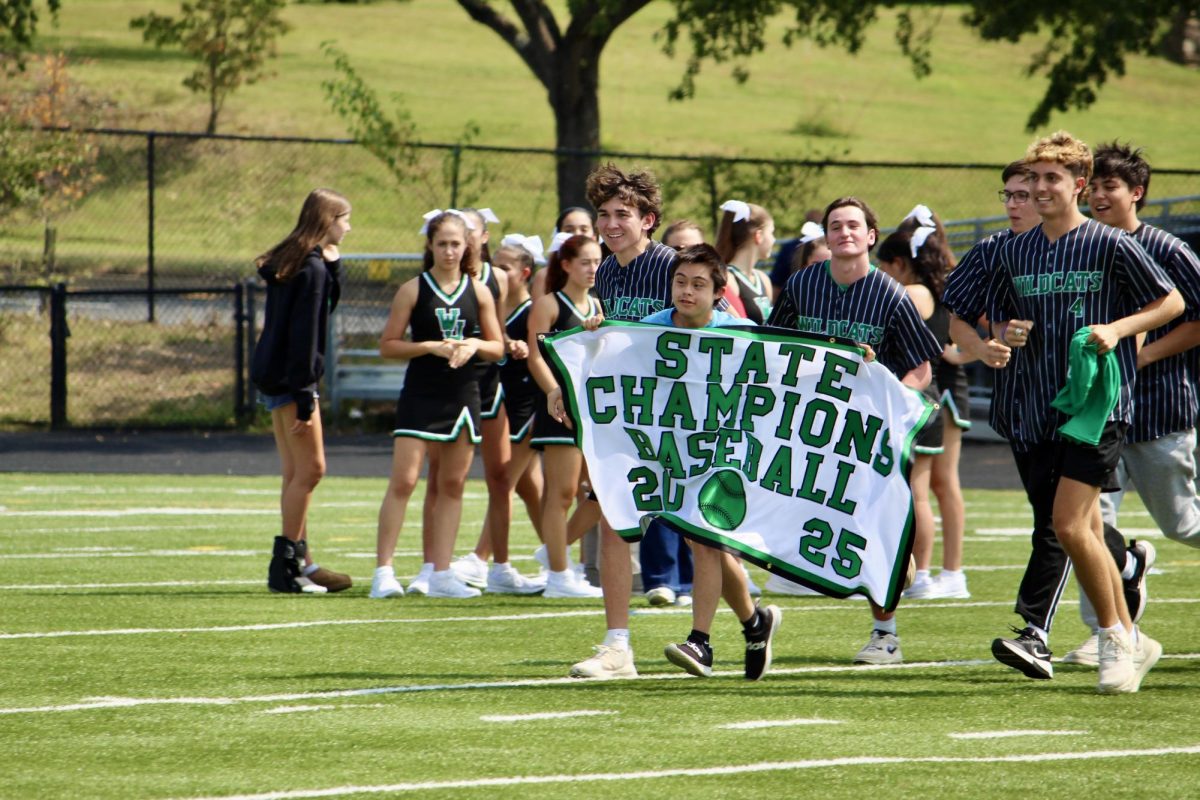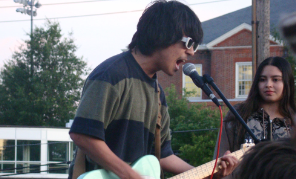The popularization of art house horror has transformed a once-stagnant genre into one that is constantly innovating. Movies like “Hereditary” (2018) and “Midsommar” (2019) have taken the culture by storm, bringing more psychological horror into the spotlight and inspiring other films.
A particular standout in this movement is actor-director Jordan Peele. Although he has only released two movies so far, both have been renowned must-watches, with “Get Out” (2017) and “Us” (2019) proclaimed as some of the most important horror films ever.
“Jordan Peele always has strong visions in creativity in the films he makes. There’s always a deeper meaning and he has a beautiful way of portraying it,” junior Janaiyah Inniss said.
This success doesn’t mean that the traditional slasher is completely dead. While the recent “Texas Chainsaw Massacre” (2022) sequel may have been a flop, the “Scream” (2022) “soft reboot” was generally received well by both audiences and critics, earning more than $140 million at the box office. The remake received a 81% audience score on Rotten Tomatoes, succeeding the 79% for the original film—which itself is often touted as a horror classic.
“I really enjoyed how the movie kept me on the edge of my seat. Psychological horrors like ‘The Shining’ (1980) are more disturbing but less exciting in the moment. All of the gore and jumpscares [are] a bit cliché, but that’s the draw of slashers,” junior Hannah Moore said.
In fact, some have begun to prefer the more standard thrill of horror over the often difficult subject matters that psychological horror brings along with it.
“I think they [psychological horror movies] are freaky and I appreciate them… but I personally prefer slashers and mindless horror movies just because those don’t sit in my brain the way that movies like ‘Hereditary’ did,” sophomore Rey Gutierrez-Micallef said.
The horror blockbuster used to be a major draw for movie theaters, especially during the summer and fall, attracting high schoolers of all types to shrink into their seats with an impending feeling of doom.
However, horror has found a new home in the streaming service, with full-on franchises being released solely online. The Netflix-housed “Fear Street” (2021) series for example, a three-part anthology following the same town over separate time periods, was released with one movie coming after another in quick succession, and trended due to its wide availability and release schedule. However, some students still prefer the traditional movie going experience.
“If you’re seeing a horror or thriller film, I think it should definitely be in theaters. One of the best parts about watching movies, especially horror, is hearing and seeing everyone’s reactions,” Inniss said.
Another interesting discussion about the future of horror is in its tropes. The fascination and fear of aliens came as a cultural response to the Red Scare, with propaganda insisting that there could be infiltrators hiding among normal society. The slasher came from the number of highly publicized serial killers in the 70s and 80s. So what are the inspirations for tropes coming in response to our current circumstances?
“I think tech and mass surveillance are things that people are focused on. I also see corporate greed and corruption as sources of anxiety for people that could inspire their own stories,” Moore said.





















